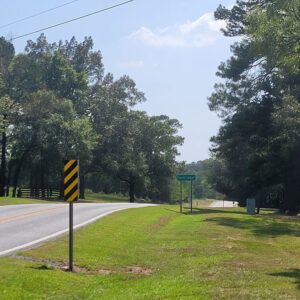 Entering Point Cedar
Entering Point Cedar
Entry Category: Counties, Cities, and Towns
 Entering Point Cedar
Entering Point Cedar
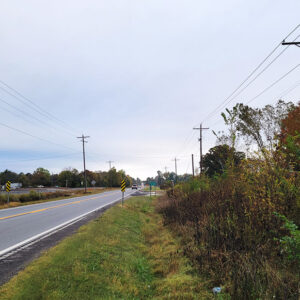 Entering Pottsville
Entering Pottsville
 Entering Rockport
Entering Rockport
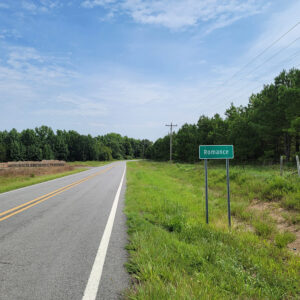 Entering Romance
Entering Romance
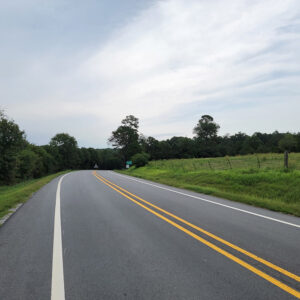 Entering Rose Bud
Entering Rose Bud
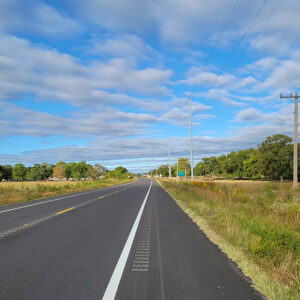 Entering Subiaco
Entering Subiaco
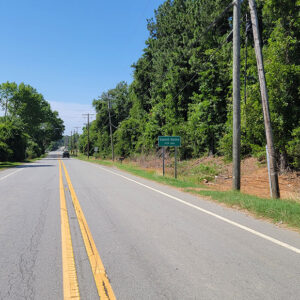 Entering Sweet Home
Entering Sweet Home
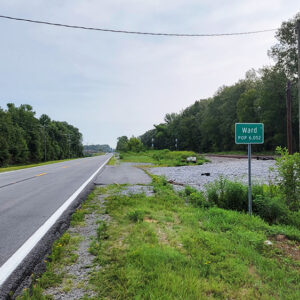 Entering Ward
Entering Ward
 Entering West Point
Entering West Point
 Entering Woodson
Entering Woodson
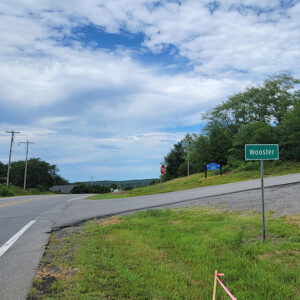 Entering Wooster
Entering Wooster
 Entering Wrightsville
Entering Wrightsville
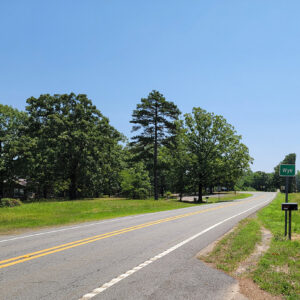 Entering Wye
Entering Wye
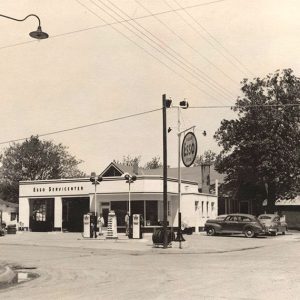 Esso Servicenter
Esso Servicenter
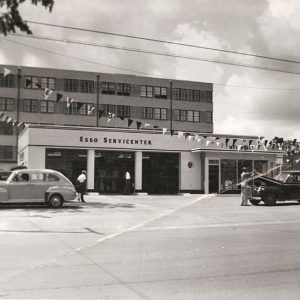 Esso Servicenter
Esso Servicenter
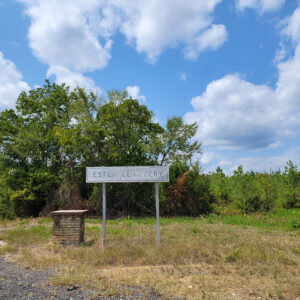 Estep Cemetery
Estep Cemetery
Etowah (Mississippi County)
Etta (Hot Spring County)
Eudora (Chicot County)
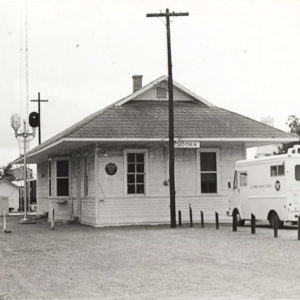 Eudora Depot
Eudora Depot
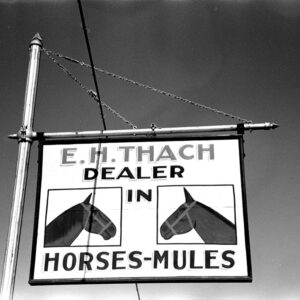 Eudora Sign
Eudora Sign
 Eudora Street Scene
Eudora Street Scene
Eureka Springs (Carroll County)
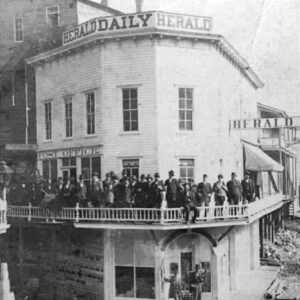 Eureka Springs Businesses
Eureka Springs Businesses
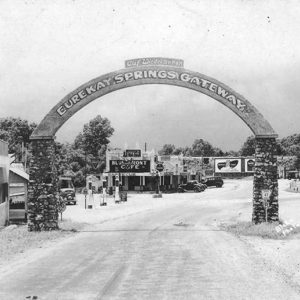 Eureka Springs Gateway
Eureka Springs Gateway
 Eureka Springs Street Scene
Eureka Springs Street Scene
 Eureka Springs War Memorial
Eureka Springs War Memorial
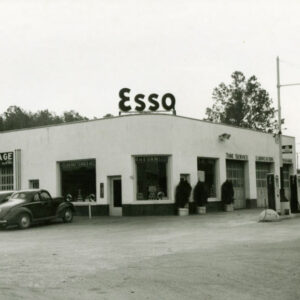 Evans Esso
Evans Esso
Evening Shade (Scott County)
Evening Shade (Sharp County)
Everton (Boone County)
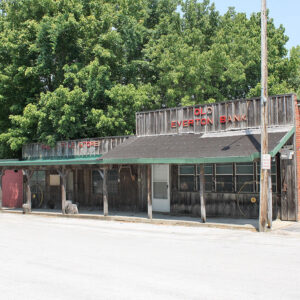 Everton Street Scene
Everton Street Scene
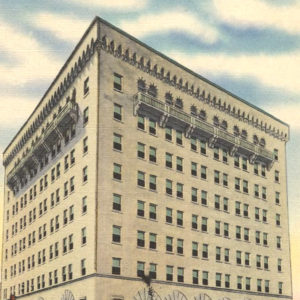 Exchange Bank
Exchange Bank
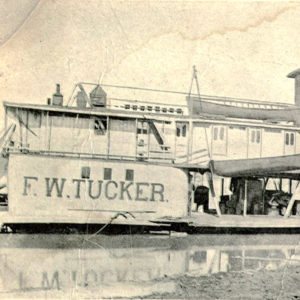 F. W. Tucker Steamboat
F. W. Tucker Steamboat
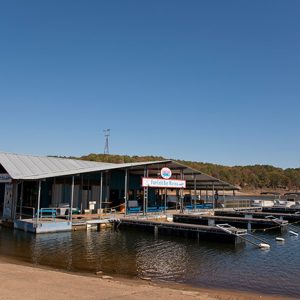 Fairfield Bay Marina
Fairfield Bay Marina
Fairfield Bay (Van Buren and Cleburne Counties)
Falcon (Nevada County)
Fallsville (Newton County)
Famous (Pope County)
aka: Mooretown (Pope County)
Fargo (Monroe County)
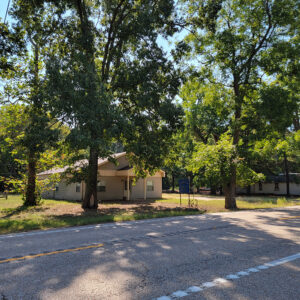 Fargo Community Center
Fargo Community Center
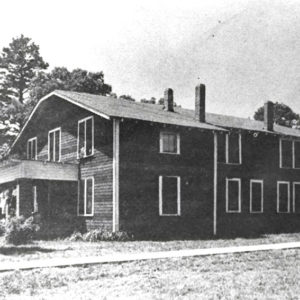 Fargo Girls Dorm
Fargo Girls Dorm
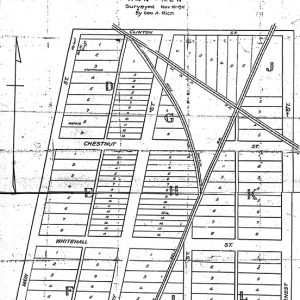 Fargo Plat
Fargo Plat
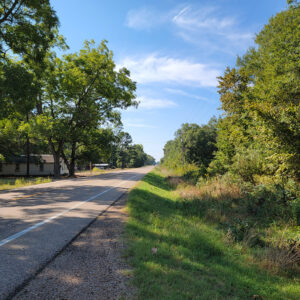 Fargo Street Scene
Fargo Street Scene
 Fargo Street Scene
Fargo Street Scene
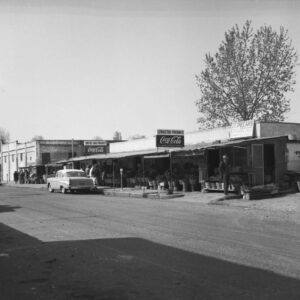 Farmer's Market
Farmer's Market
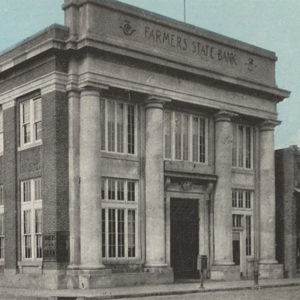 Farmers State Bank, Conway
Farmers State Bank, Conway
Farmington (Washington County)
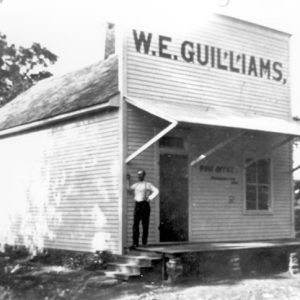 Farmington Store
Farmington Store
 Faubus Home in Huntsville
Faubus Home in Huntsville




